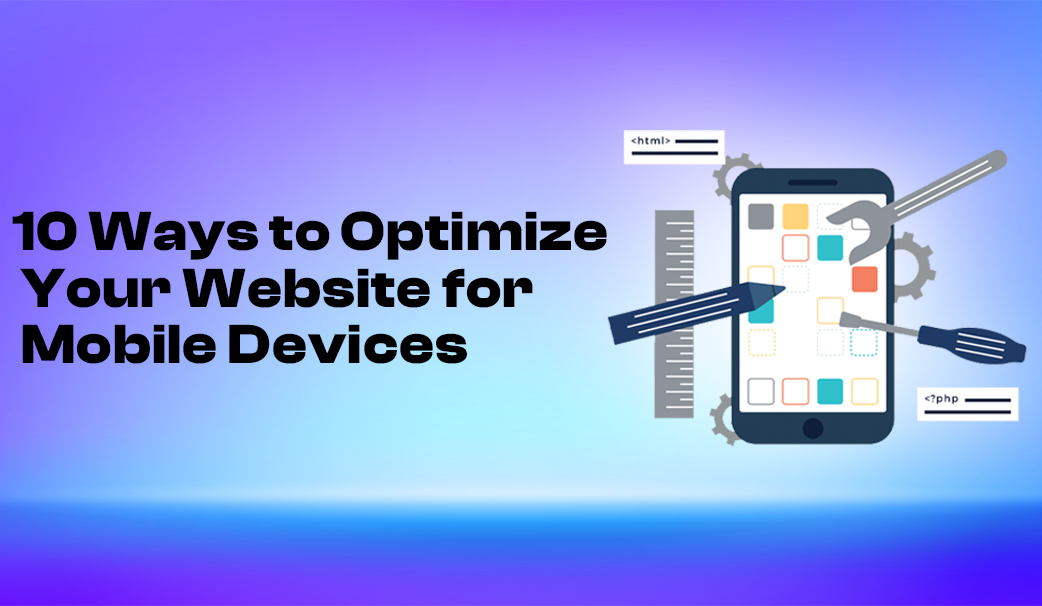
As of today, mobile devices ensure more than 58% of the market share of internet browsing worldwide. That is why, given the dramatic switch to mobile browsing, a mobile-friendly website is not a luxury but a necessity. Developing a website with mobile devices in mind translates to a better user experience, better search engine positions, and more interaction.
Mobile-first design is no longer optional. According to Statista, mobile devices generated 58.43% of website traffic globally in 2023. Additionally, Google’s mobile-first indexing prioritizes the mobile version of a site for ranking purposes. Thereby, the approach of the mobile-first strategy can contribute to the increase in user interaction and activity level, lower bounce rates, and better ranking.
Responsive web design (RWD) is a web development technique that ensures a website adapts seamlessly to different screen sizes and orientations. This design philosophy incorporates flexible grids, fluid layouts, and responsive images to provide the user with a similar experience regardless of the device used. RWD eliminates the need for separate desktop and mobile websites, making it a cost-effective and user-friendly solution for modern web development.
Let’s delve into ten effective strategies to make your website truly mobile-optimized.
Mobile-first design refers to the approach of giving particular attention to the presentation of the organization’s website from a mobile user perspective. Using cascading style sheets for each screen size increases the website’s functionality on all devices to a desktop view. This approach aligns with Google’s mobile-first indexing policy, which primarily considers the mobile version of your site for ranking purposes.
The major benefit of creating a responsive website is that it automatically adjusts to the size of the device screen. Combining flexible grids, layouts, and images will make sure that your site will work anywhere from a smartphone to a tablet to a standard PC.
Fast-loading websites are critical for retaining mobile users. Compress images, leverage browser caching, and minify CSS and JavaScript files to improve page load speeds. Tools like Google PageSpeed Insights can help identify areas of improvement.
Small fonts can be difficult to read on mobile devices. Use a minimum font size of 16 pixels for body text and scalable font units like “em” or percentages to ensure text is legible without zooming.
Reduce the clutter on your website by having a basic mobile-friendly dropdown menu, such as the hamburger menu. It is important to have buttons and links large enough so that they can be clicked without typos.
Large, uncompressed images can slow down your website. Use tools like TinyPNG or ImageOptim to compress images and implement responsive image attributes so that the browser loads appropriately sized images for mobile devices.
Mobile users rely on touch to interact with websites. Design touch-friendly buttons with adequate spacing to prevent accidental clicks and ensure forms are easy to fill out using mobile keyboards.
AMP is a Google-backed project that enhances mobile web performance by creating lightweight, fast-loading web pages. Choosing AMP can contribute to increasing the work of your site in the mobile version and the increase in positions.
Pop-ups and interstitial ads can frustrate mobile users and negatively affect your SEO rankings. If you must use pop-ups, ensure they are non-intrusive and easy to close.
Use tools like Google’s Mobile-Friendly Test and BrowserStack to test your website’s performance on various devices. Continuously monitor analytics to identify and address mobile usability issues.
The importance of mobile responsiveness as a means to remain relevant as you proceed through your online endeavors cannot be overstated. If you opt for mobile-first design, responsive design, and web loading speed, for instance, you will make a mobile-friendly website and subsequently increase the site use rate and site’s ranking on the search engines. These are mobile optimization strategies that one should adopt to ensure that an organization’s site remains open for use by everyone.
How do you optimize a website for mobile devices?
To optimize a website for mobile devices, adopt a mobile-first design, implement responsive web design, optimize page load speed, use readable fonts, and ensure intuitive navigation. Another factor is also important which is basically the testing and the performance analysis.
Why is mobile optimization important?
Mobile optimization is crucial as a large portion of Internet connections are made from handheld devices. It improves the user experience, boosts the site’s rankings on search engines, and raises engagement and conversion rates.
What is mobile optimization?
Mobile optimization is the process of developing and configuring a website so that it works well on mobile devices. This includes fast load
